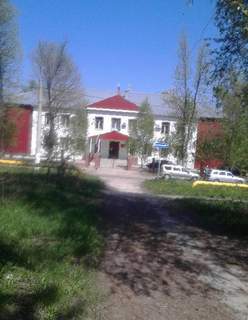Skeleton Skeleton (eng. Skeleton – skeleton, frame) is a winter Olympic sport, which is a descent along an ice chute on a two-runner sleigh on a reinforced frame. Winner
Skeleton
Skeleton (eng. Skeleton – skeleton, frame) – a winter Olympic sport, which is a descent along an ice chute on a two-runner sleigh on a reinforced frame. The winner is determined by the sum of two or four races.
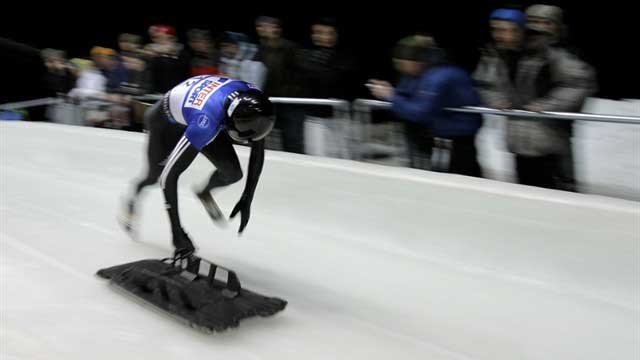

The difference between luge and skeleton is that in skeleton the athlete lies on the sleigh not on his back, but prone.

Luge sports began in the middle of the 19th century, when tourists in the Swiss Alps began to sledge down the snow-covered mountain slopes.

In 1890, the first luge competition was held by the Academic Alpine Club, founded in the Austrian city of Innsbruck. Initially, only men participated in the competition, but now both men and women are engaged in skeleton.
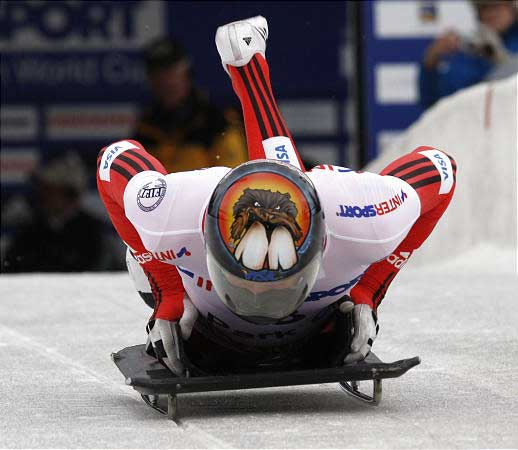

Now the skeleton is a sled with steel runners and a weighted frame, without steering, on which the athlete lies head first in the direction of travel, face down, using special spikes on the boots to control the sled.
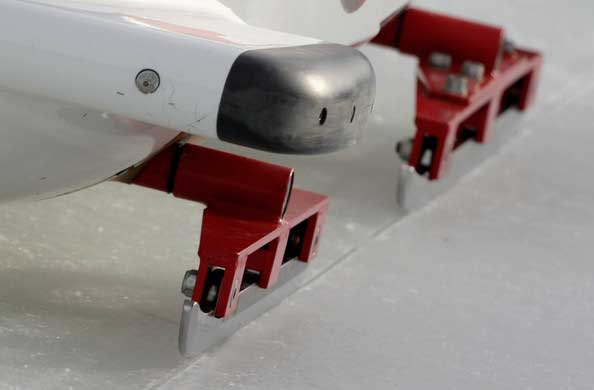
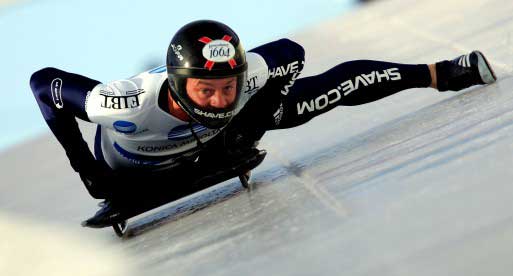
When accelerating, the sleigh picks up speed up to 40 km / h, and the maximum speed reaches 130 km / h!
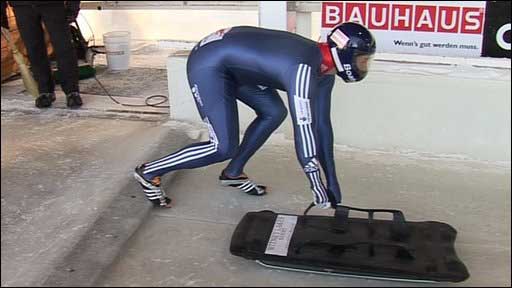
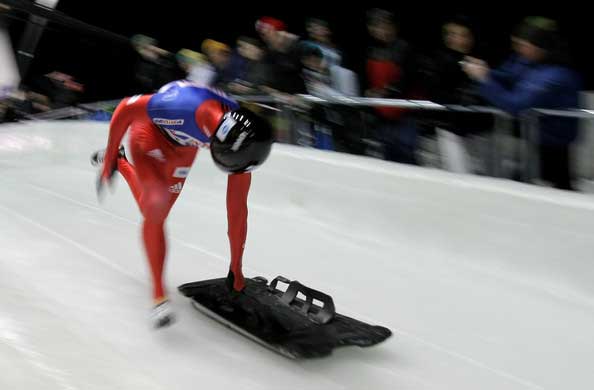
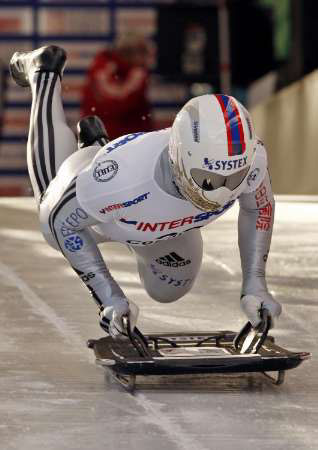
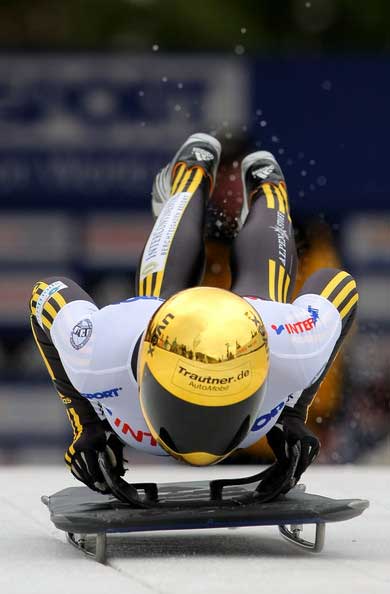

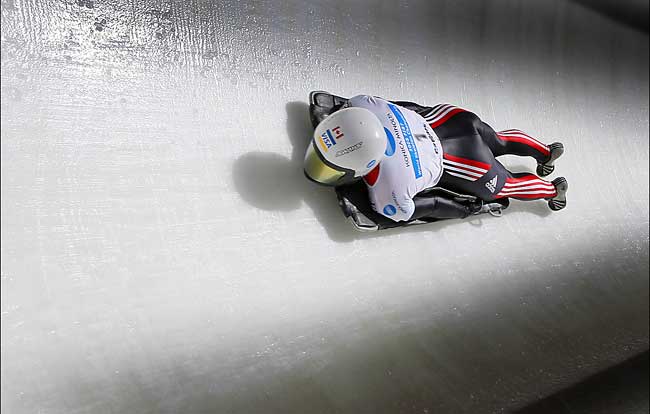
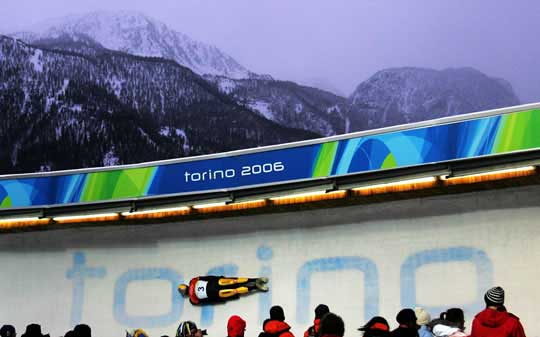
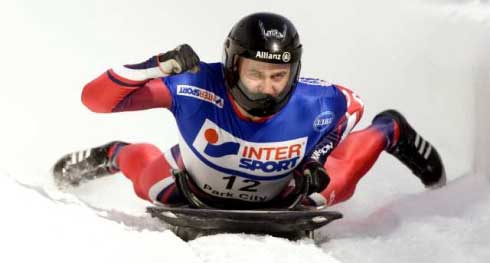
The International Luge Federation supervises and organizes the competitions. Skeleton, as a kind of luge, also belongs to technical sports.
Skeleton is an Olympic sport. Now it has become very popular all over the world – skeleton is practiced even in such warm countries as Australia, Mexico and South Africa.


In Russia, skeleton began to develop actively only a few years ago. As early as 2001, Russian athletes demonstrated outstanding results at major international tournaments.
In 2002, the favorite of the women's team Ekaterina Mironova took 7th place at the Olympics in Salt Lake City, and in 2003 she won a silver medal at the World Skeleton Championship and set a new track record in acceleration. Russian athletes won a medal in this sport for the first time.
In 2008, Russian skeletonist Alexander Tretyakov set a track record at the Igls World Cup and won a silver medal.
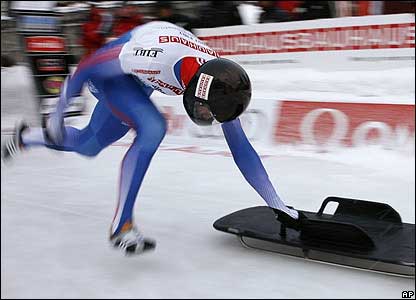
In 2009, Alexander Tretyakov became the owner of the World Cup and the bronze medalist of the World Championship in bobsleigh and skeleton, which was held in Lake Placid, USA. Swiss Gregor Staeli became the champion in 2009.
Skeleton is considered one of the most extreme sports.
Compared to bobsleigh and luge, skeleton is the most dangerous and requires strict rules to be followed.
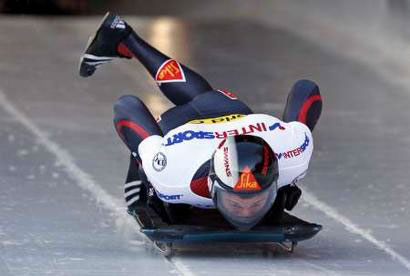
International Olympic Skeleton Rules contain several important provisions:
• For skeleton competitions, a 1200-1650 meter long bobsleigh track must be used.
• At the beginning of the race, the athlete will have to accelerate from 25 to 40 meters.
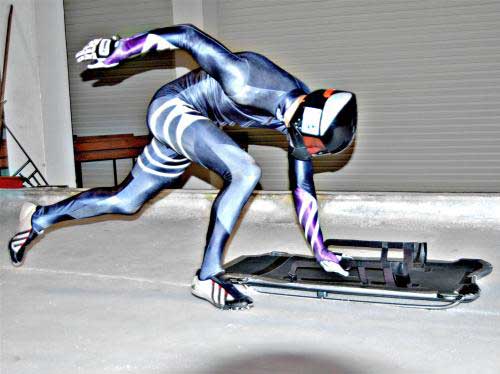
• After acceleration, the athlete lies down on the sled with his stomach down and follows the track.
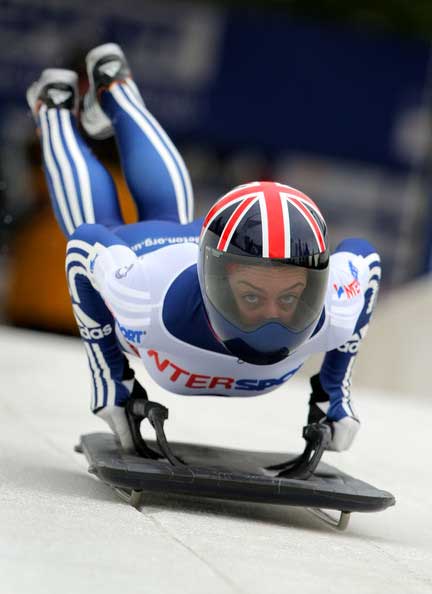
• The athlete must lie face forward, and stretch his arms along the body.
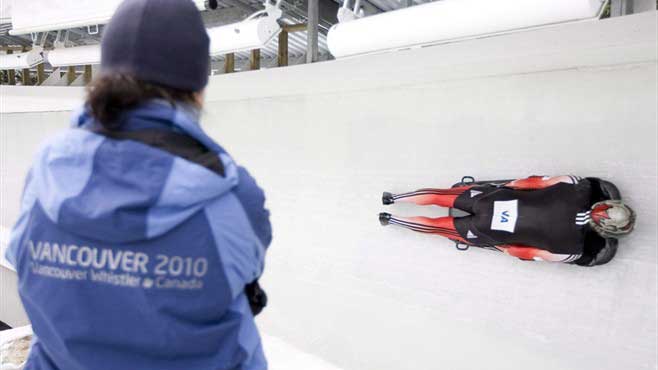
• The sled must be individually tailored to the physique of each athlete.
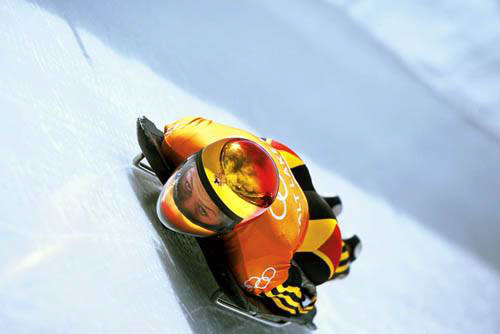
Tracks for skeleton competitions are also adjusted to certain standards:
• The first 250 meters of the course must be designed to allow the athlete to accelerate to 100 km/h.

• The last 100-150 meters of the course should have a slope of no more than 12% so that the athlete can stop safely.
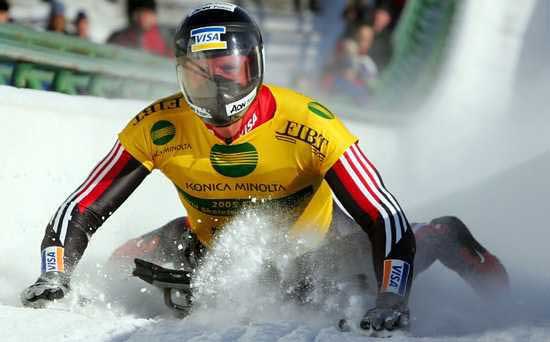
The difference in height from the starting point to the finish line must be at least 100 meters, that is, the athlete descends from the height of a 33-storey building on a small sled head first!






